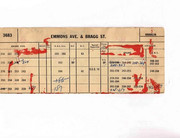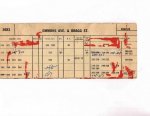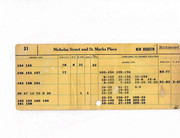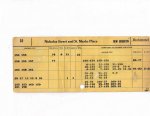i know there are some dispatchers on here like frank etc.....
just wondering how relocations work, watchlines work etc
how do you guys pick who gets relocated where? (recomendations from computer?)
how is it decided when companies go to do a watch line..... example the 3-6am shift lol
sometimes you hear the same companies going to the same places either in boro or out, and sometimes you hear a random relocation that seems a little off...... always wondered what factors in these decisions....
any info would be great
just wondering how relocations work, watchlines work etc
how do you guys pick who gets relocated where? (recomendations from computer?)
how is it decided when companies go to do a watch line..... example the 3-6am shift lol
sometimes you hear the same companies going to the same places either in boro or out, and sometimes you hear a random relocation that seems a little off...... always wondered what factors in these decisions....
any info would be great




